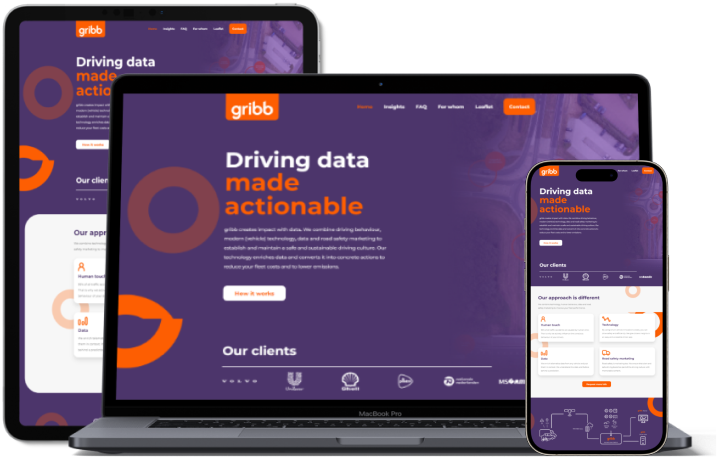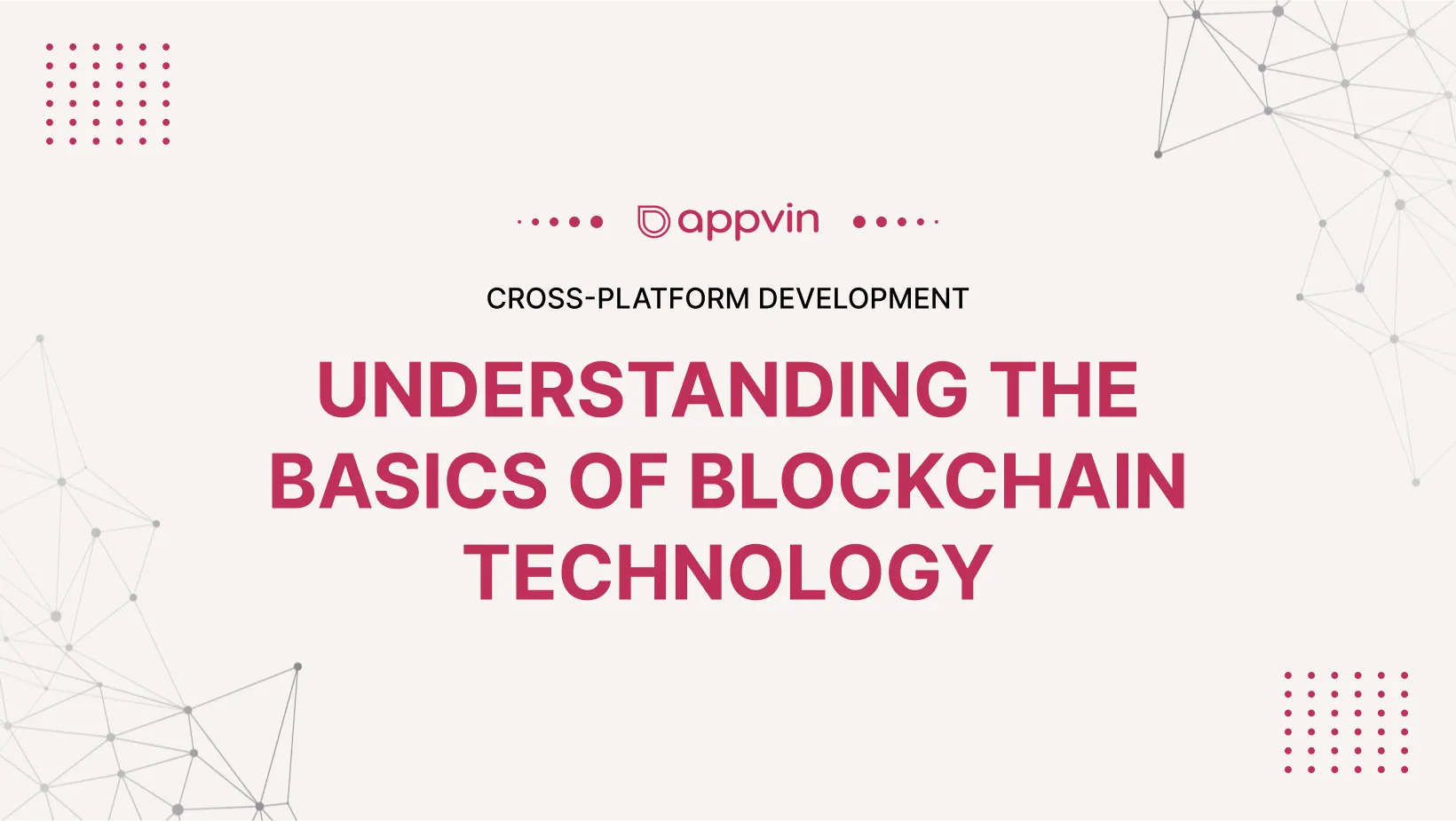The year 2023 saw unprecedented disruptions to global supply chains, highlighting vulnerabilities and exposing the need for a paradigm shift. As we move into 2024 and beyond, businesses are actively re-evaluating their strategies, embracing new technologies, and redefining the role of the supply chain in creating sustainable business value.
This blog explores some key trends shaping the future of supply chains:
Embracing Agility and Resilience
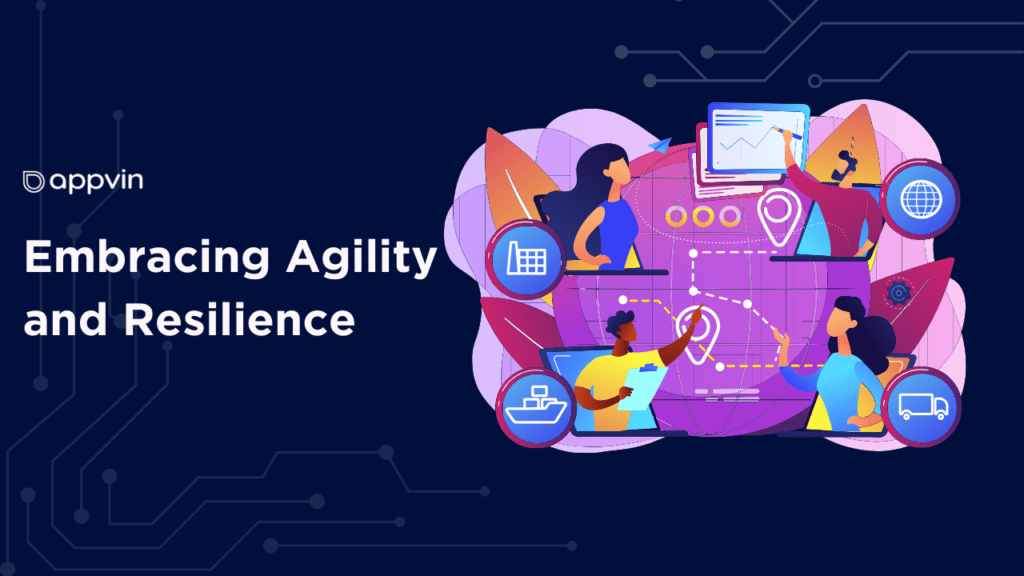
Gone are the days of linear, “just-in-time” supply chains. The future demands agility and resilience to adapt to unforeseen disruptions.
This includes:
Network Diversification:
Geographical Spread:
Network diversification involves strategically dispersing production and sourcing activities across various geographical locations. This geographical spread is designed to mitigate risks associated with single points of failure, ensuring that the impact of disruptions in one location is limited and does not cripple the entire supply chain.
Risk Mitigation:
By establishing a network that is diversified both in terms of production and sourcing, businesses can reduce vulnerability to various threats such as natural disasters, geopolitical events, and supply chain interruptions. This proactive strategy enhances resilience, providing a safeguard against unforeseen challenges.
Demand Forecasting
Advanced Analytics and AI Integration:
Leveraging advanced analytics and artificial intelligence (AI), businesses can gain deeper insights into customer behavior. This involves analyzing historical data, identifying patterns, and using predictive modeling to anticipate future demand trends accurately.
Optimised Inventory Management:
The application of AI in demand forecasting allows for optimized inventory levels. By accurately predicting customer demands, businesses can maintain efficient inventory levels, reducing excess stock while ensuring products are available when needed. This not only improves customer satisfaction but also minimizes holding costs.
Scenario Planning
Identification of Potential Risks:
Scenario planning entails a comprehensive assessment of potential risks and disruptions that could impact operations. This includes considering a range of factors such as natural disasters, geopolitical changes, supply chain failures, and other unforeseen events.
Contingency Plans:
Building robust contingency plans involves developing actionable strategies to address identified risks. These plans outline specific steps and protocols to be followed in response to various scenarios, ensuring that the business can adapt quickly and maintain continuity in the face of disruptions.
Cross-Functional Collaboration:
Successful scenario planning often involves collaboration across different departments within an organisation. Cross-functional teams can bring diverse perspectives, allowing for a more comprehensive and effective approach to identifying potential risks and developing mitigation strategies.
Technological Transformation
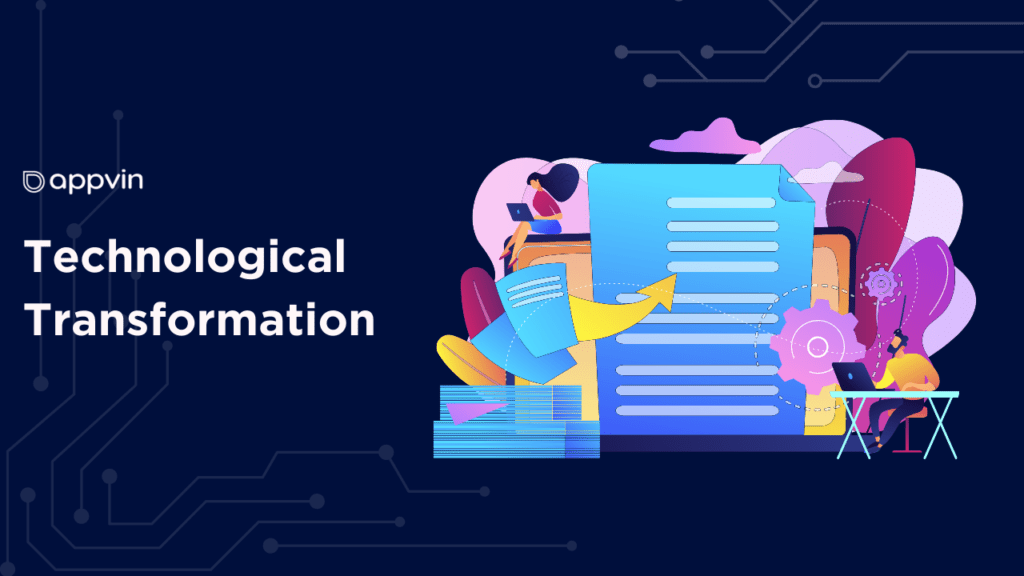
Technology is no longer an option, but an imperative for future-proofing supply chains. Key areas of focus include:
Automation and robotics:
Automating repetitive tasks can free up human resources for more strategic activities and improve efficiency.
Blockchain:
Enabling secure and transparent data sharing across the supply chain, enhancing traceability and visibility.
Internet of Things (IoT):
Connecting physical assets with the digital world allows for real-time monitoring of inventory, transportation, and production processes.
Sustainability as a Core Value
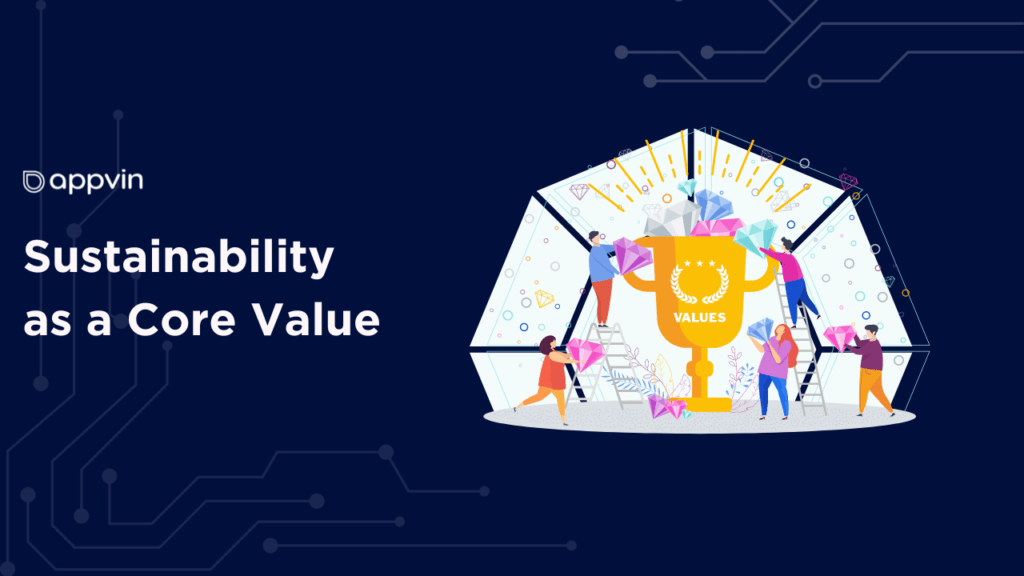
Consumers are increasingly demanding sustainable products and ethical sourcing practices. Businesses are integrating sustainability into their supply chains by:
Sourcing from responsible suppliers:
Partnering with suppliers who adhere to ethical labor practices and environmental regulations.
Reducing carbon footprint:
Optimizing transportation routes, minimizing waste, and exploring sustainable packaging solutions.
Circular economy principles:
Embracing concepts like product life-cycle extension and remanufacturing to minimize environmental impact.
Collaboration and Visibility
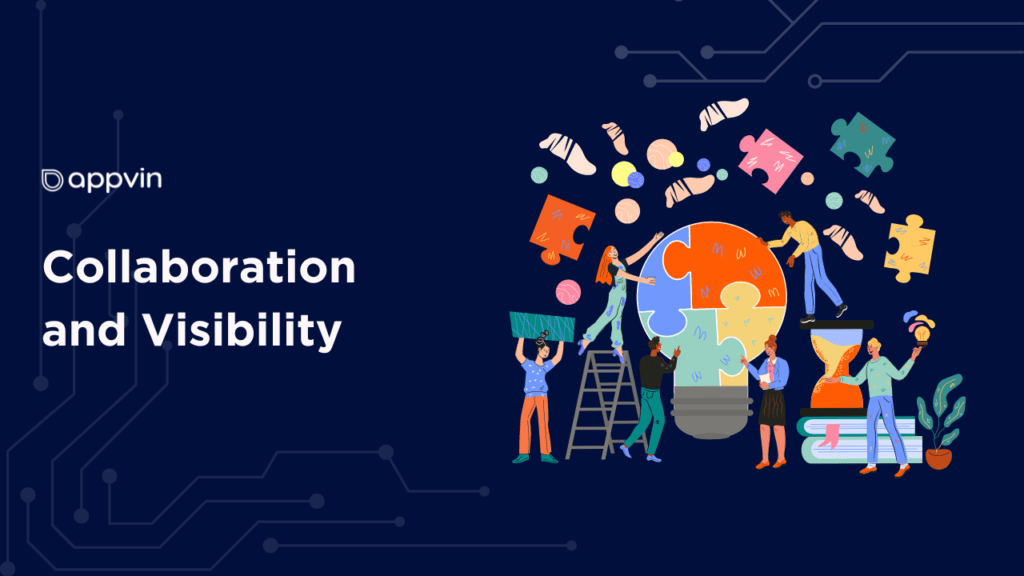
Building strong partnerships and fostering open communication throughout the supply chain ecosystem is crucial. This involves:
Collaborative planning, forecasting, and replenishment (CPFR):
Sharing data and forecasts with suppliers and retailers to optimize inventory levels and prevent stockouts.
Visibility platforms:
Utilizing platforms that provide real-time insights into inventory levels, shipment locations, and potential disruptions throughout the supply chain.
Strengthening supplier relationships:
Building trust and fostering long-term partnerships with suppliers to ensure mutual benefit and shared goals.
Redefining Business Value

By embracing these trends, businesses can transform their supply chains from cost centers to strategic value drivers. This means:
Enhanced customer experience:
Improved agility and responsiveness can lead to faster delivery times, increased product availability, and improved customer satisfaction.
Reduced costs:
Optimized inventory management, efficient transportation, and automation can lead to significant cost savings.
Increased brand reputation:
Sustainable practices and ethical sourcing can enhance brand image and attract environmentally conscious consumers.
In conclusion, the future of supply chains hinges on agility, resilience, and sustainability. Embracing innovation and collaboration is key. AppVin Technologies stands as a leading force, providing cutting-edge solutions to empower businesses in creating agile and sustainable supply chains. With advanced analytics and AI, AppVin Technologies offers a strategic partnership to unlock significant competitive advantages, enabling businesses to redefine the role of their supply chains for lasting success in the years ahead.
FAQs
What are the biggest challenges facing supply chains today?
The foremost challenges confronting supply chains today include navigating the disruptions caused by global pandemics like COVID-19, addressing logistical bottlenecks such as port congestions and transportation shortages, and enhancing overall resilience. Achieving resilience entails diversifying sourcing strategies and implementing robust risk management frameworks to adapt to unforeseen circumstances and maintain operational continuity.
What are the key trends shaping the future of supply chains?
Emerging technologies like artificial intelligence, blockchain, and Internet of Things are revolutionizing supply chains, enabling real-time tracking, predictive analytics, and automation. Sustainability initiatives are gaining traction, driving companies to adopt eco-friendly practices and ethical sourcing. Additionally, supply chains are becoming more agile and customer-centric to meet evolving consumer demands in an increasingly digitalized world.
How can businesses benefit from transforming their supply chains?
Businesses can gain numerous benefits from transforming their supply chains, including improved efficiency, reduced costs, and enhanced customer satisfaction. By embracing technologies and adopting innovative practices, companies can streamline operations, optimize inventory management, and respond swiftly to market changes. Additionally, transformation enables better risk management, increased resilience against disruptions, and the ability to meet sustainability goals, ultimately driving competitive advantage and long-term growth.
What’s the future of supply chains?
The future of supply chains is characterized by increased digitization, connectivity, and sustainability. Emerging technologies such as AI, blockchain, and IoT will continue to drive efficiency, transparency, and agility. Supply chains will become more interconnected and resilient, with a focus on eco-friendly practices and ethical sourcing. Collaboration among stakeholders and adaptive strategies will be essential in navigating evolving global challenges and meeting customer demands.
How can I learn more about these trends?
Further research into the mentioned trends like “network diversification,” “demand forecasting,” “blockchain,” and “circular economy” can provide deeper understanding. Additionally, exploring resources from organizations like the Supply Chain Management Institute (SCMI) or industry publications can offer valuable insights.


